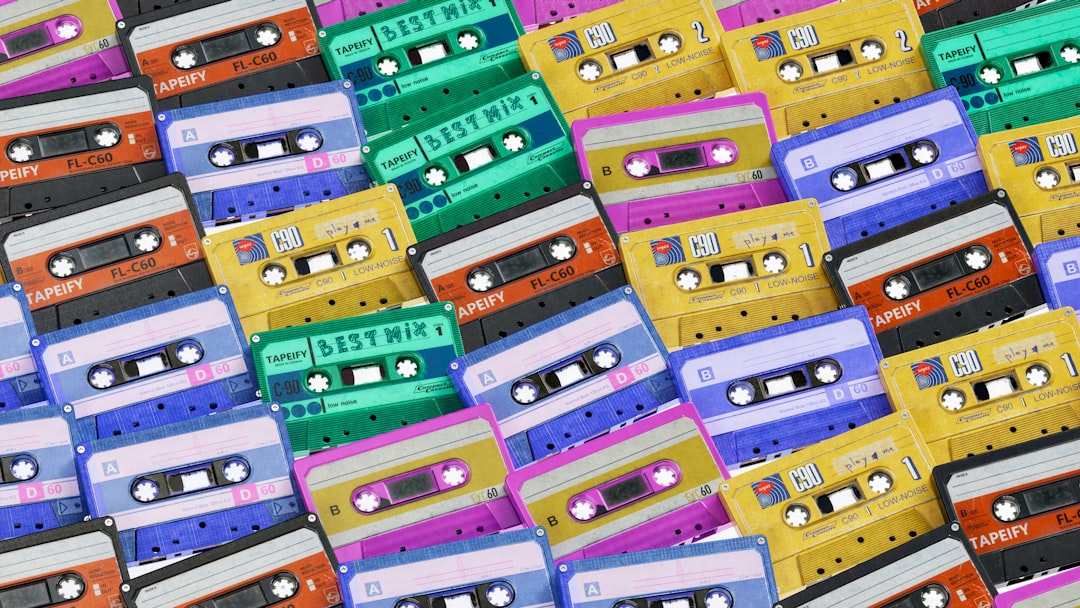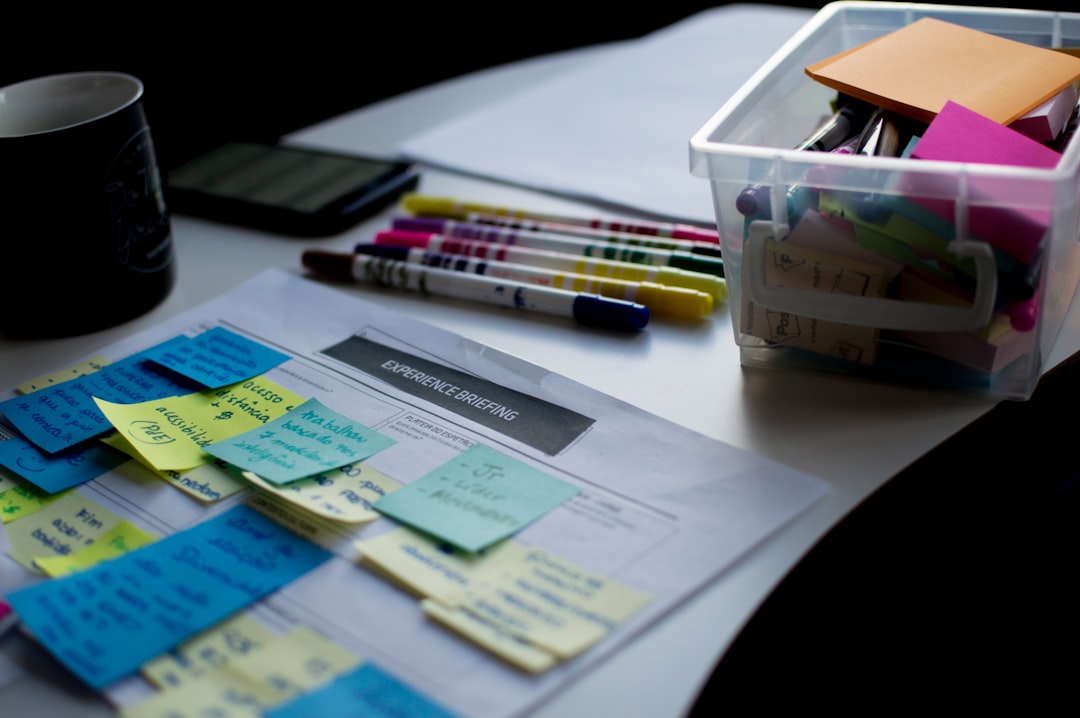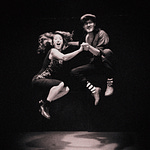Welcome to the 5th edition of This is Not Advice, a non-advice column for premium subscribers of What Works. If you’re already a premium subscriber, thank you! If you’re not, I still think you’re great—and you can read a solid chunk of this column for free. Or, subscribe to get access to full-length columns and podcast episodes.
Next week, I’m teaching a workshop on how to pitch yourself to appear on podcasts for YellowHouse.Media. I’ll show you how to find shows to pitch, how to think like a producer, and how to prepare for your interview. Click here to learn more & register.

Today's question is about a subject I've done quite a lot of work on myself, but one I am absolutely no expert on. It's about accessibility.
Learning that I am autistic at 38 means that I've lived the vast majority of my life not identifying as a disabled person. And in fact, I didn't realize how freaking ableist I behaved for almost as long. Today, I'm pretty quick to disclose my identity as an autistic person. But I'm much slower to identify as disabled—for reasons that will become clearer in a bit.
My goal here isn't to tell anybody how to do accessibility in their work, or the way they manage their teams, or the way they design their products (this is not advice, after all). Instead, it's to probe what we mean by accessibility and how that changes the questions we ask about how we include people.
Okay, here's the question, which comes from a small business owner:
I know there are all sorts of things I can do to make my work more accessible for disabled people—ALT text, multiple delivery formats, closed captioning, etc. But I don't want to just follow a to-do list. How can I incorporate accessibility at a deeper level in my work?
Accessibility work is a type of inclusion work.
And any type of inclusion work starts with a really basic question:
Who am I forgetting?1
When we seek to make our work more accessible, we aim to remember people who, for various reasons, experience challenges accessing certain spaces (e.g., physical, social, intellectual, etc.) The fewer barriers that one encounters and the more spaces one easily accesses, the more likely one is to forget those who run into obstacles to access.
Accordingly, our own identities shape who we forget. Without conscious intervention, we tend to forget about people whose intersections of identities fall somewhere beyond our own on the map of normative experience.
In fact, we might forget people who don't share many of our identities to the point that we stop relating to them as people. Joanne Limburg, an autistic poet, essayist, and novelist, writes that she realized her long-time conception of disabled people were not actually disabled people or their bodies at all. When she thought of disabled people, she thought of "metonymic representations—where the paraphernalia associated with disabled comes to stand for the people who use them."
Disability then becomes reified—a social construction turned into extra stuff. But, Limburg continues, even that reductive and alienating representation of disabled people fails to account for all those disabled people whose "paraphernalia" is hidden.
The Value of a Body
“They saw absence, lack,” writes philosopher Chloé Cooper Jones in her memoir Easy Beauty, ”But I, having only ever been in my body, did not feeling lacking.” Jones was born with sacral agenesis, a congenital condition that affects her pelvis and spine. Her body is visibly different from most other people’s. Early in the book, she tells a story about a biomedical ethics class she teaches—and specifically, a case study the class examines about two deaf parents going through IVF. They have produced four embryos—two hearing and two deaf. The question before the class was whether it was ethical for those deaf parents to only implant the deaf embryos.
I'll let you sit with that yourself for a moment.
Jones recounts how some students in the class argued the ethical dimension of autonomy, saying that, yes, people should have the ability to make their own medical decisions. Others saw it differently, of course. They said that autonomy, generally, is good, but not in this case since it would produce offspring that wasn't "normal." Another student said that while autonomy was an important part of the consideration, so was the potential cruelty of bringing a deaf child into the world. That a deaf person's life is worse than a "normal" person's life.
Finally, a favorite student declared that it was unethical because "it was dangerous to be deaf or disabled." Jones questioned the student on why it was dangerous to be deaf, and he said that crossing the street without being able to hear traffic is dangerous. Jones then gets him to admit that he crosses many business New York streets on the way to school—while wearing headphones that eliminate his ability to hear traffic.
He admits he was wrong and asks, "Why did I think that?"
She responds, "Because you weren't thinking," and then reveals that what she was really thinking was "Because you weren't thinking of a deaf person as a whole person." The student had forgotten that deaf people aren't defined by what's perceived by hearing people as a deficit. Or, as Jones said about her own life, "I, having only ever been in my body, did not feeling lacking." She continues:
Going up the stairs feels like going up the stairs. Walking feels like walking. It looks strange, I guess, to those who watch me. It looks lesser. But I had no reason to feel lesser. That would require lessons, for which I had many willing teachers. People make spaces I cannot enter, teaching me how forgotten I am, how excluded I am from “real life.”
It never feels good to be forgotten.
Being forgotten never makes you feel more whole. I know what it’s like to be forgotten. But more so, I know what it’s like to forget about people you care about—about their experiences, their needs, and their right to be recognized. Whatever I’ve learned about accessibility, I’ve learned because I’ve forgotten people and decided that I didn't want to hurt people like that again.
Most of us don't forget people out of malice or even willful ignorance. We forget people out of carelessness and a lack of curiosity. We forget that how we experience the world isn't how everyone else experiences the world—and we don't even think to ask. We forget out of urgency—stopping to consider who we’ve forgotten takes time we don’t think we have.
We forget that normal is just as much a socially constructed form as race, gender, or disability.
As a stop-gap, accessibility checklists are great tools.
They remind us, hopefully, that people who are engaging with our content, our websites, our programs, or working with us on projects might use screen readers, captioning, or voice recognition software. But checklists only go so far. The W3C Web Accessibility Initiative puts it this way, "Checklists, standards, and laws are important tools to help achieve accessibility—yet sometimes they get the focus instead of the fundamental goal of accessibility: meeting the needs of disabled people in the real world." Check out the whole project for a really excellent resource on internet accessibility!
A checklist can help you make your work more accessible. But checklists, by their very nature, are limited and reductive. Disability, as Limburg deftly portrays in her essay for Aeon, isn't a box you check—even if we constantly run into disability posed as a yes/no question. The thing about disability is that it's an identity that we'll all hold at some point in our lives, given we live long enough to experience it. A checklist approach to accessibility assumes that disability is something that is either on or off, constantly or never present.
And in this binary model, we learn that "non-disabled" is the desired condition. In a sentence I could have easily written myself, Limburg continues, "Like many autistic people—particularly those who, like me, have gone through most of our lives knowing that we were different but not knowing why—I have absorbed the lesson that it is safer to pass if one possibly can, and I’ve grown accustomed to putting in a great deal of exhausting effort in order to do so..." Being open about one's disability just trades one kind of work for another. Instead of the work of passing, disclosing a hidden disability means getting met with comments or squinting eyes that invite one to justify themself and their needs.
This is why check-list accessibility is not enough. What we really need, I think, is accessibility as a fundamental operating philosophy.













